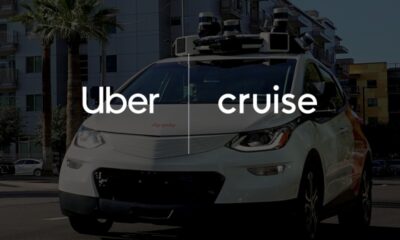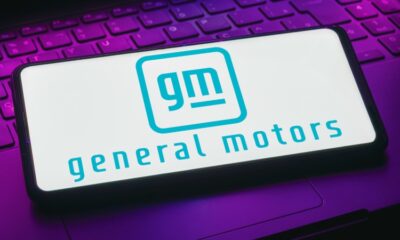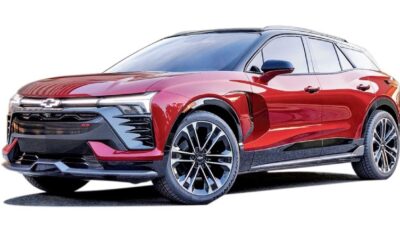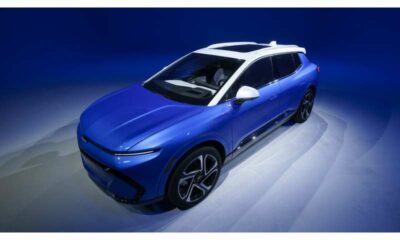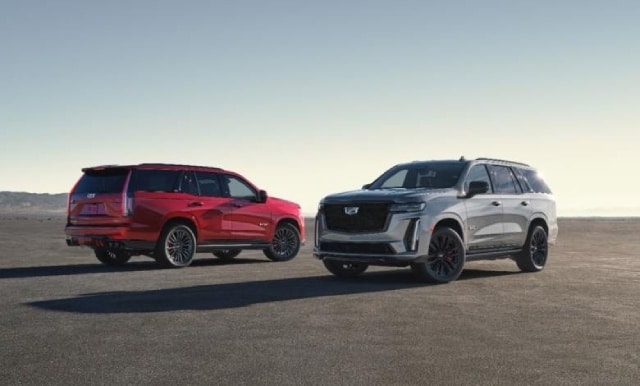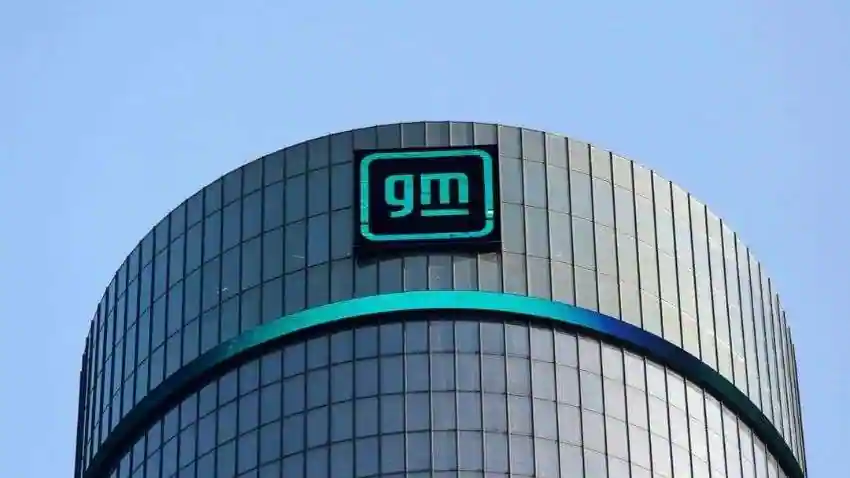Business
GM’s Cruise will Rerurn to Diving Cars in Phoenix with Human Drivers
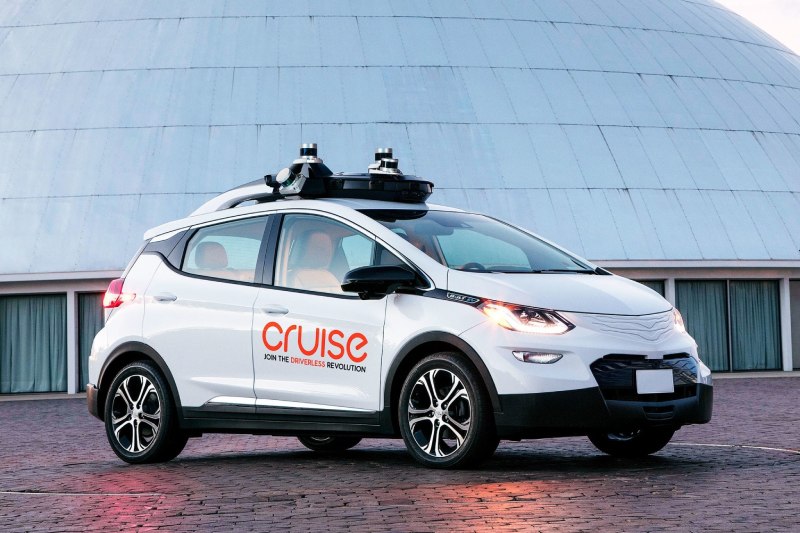
The company announced that starting with a small fleet of human-driven vehicles in Phoenix, General Motors’ self-driving vehicle unit, Cruise will be redeploying cars on American roads on Tuesday for the first time since October.
The company shut down operations weeks after an incident on October 2 in San Francisco that resulted in a pedestrian being dragged 20 feet by a Cruise robotaxi after being hit by another car. This is the reason for the relaunch.
According to the company, the repurposed vehicles will now “create maps and gather road information in select cities, starting in Phoenix,” instead of performing their previous function as robotaxis.
Cruise stated that its “goal is to resume driverless operations,” but it did not specify when this would happen. Furthermore, no timeline for bringing human-driven cars to more cities was disclosed.
A representative said in a statement, “We have not yet committed to where or when we will start supervised or driverless operations.”
“A critical step for validating our self-driving systems as we work towards returning to our driverless mission,” the company said of the relaunched fleet with human drivers.
“In October 2023, we paused operations of our fleet to focus on rebuilding trust with regulators and the communities we serve, and to redesign our approach to safety,” Cruise said in a blog post. “We’ve made significant progress, guided by new company leadership, recommendations from third-party experts, and a focus on a close partnership with the communities in which our vehicles operate. We are committed to this improvement as a continuous effort.”
Cultural problems, incompetence, and inadequate leadership were identified as the main causes of the regulatory oversights that resulted in the accident by a third-party investigation into the October incident and the fallout that followed, which GM and Cruise commissioned. The investigation also looked into claims that the Cruise leadership had covered up, but it turned up no proof.
Cruise declared in January that it “accepts” the report’s findings. Following the Oct. 2 accident, the San Francisco-based company, of which GM owns approximately 80%, announced that it will “act on all” recommendations and is “fully cooperating” with investigations by state and federal agencies.
The California DMV, the California Public Utilities Commission, the National Highway Traffic Safety Administration, the U.S. Department of Justice, and the Securities and Exchange Commission are among the agencies that have conducted investigations or inquiries into the incident, the company said in January.
Cruise had planned an aggressive robotaxis expansion outside of its home market, where the majority of its vehicles were operated, before the accident.
Not only has Cruise ceased operations but nine other executives have been removed and the company’s co-founders, including CEO and co-founder Kyle Vogt, have resigned. Together with a round of contractor layoffs, the venture also let go of 24% of its staff.
-

 Sports4 weeks ago
Sports4 weeks agoFIFA Club World Cup 2025: Complete List of Qualified Teams and Groups
-

 Sports3 weeks ago
Sports3 weeks agoAl Ahly vs Inter Miami, 2025 FIFA Club World Cup – Preview, Prediction, Predicted Lineups and How to Watch
-
Health2 weeks ago
Back to Roots: Ayurveda Offers Natural Cure for Common Hair Woes
-

 Tech2 weeks ago
Tech2 weeks agoFrom Soil to Silicon: The Rise of Agriculture AI and Drone Innovations in 2025
-

 Sports3 weeks ago
Sports3 weeks agoFIVB Men’s Volleyball Nations League 2025: Full Schedule, Fixtures, Format, Teams, Pools and How to Watch
-

 Startup3 weeks ago
Startup3 weeks agoHow Instagram Is Driving Global Social Media Marketing Trends
-

 Television4 weeks ago
Television4 weeks agoTribeca Festival 2025: Date, Time, Lineups, Performances, Tickets and How to Watch
-

 Sports3 weeks ago
Sports3 weeks agoWorld Judo Championships 2025: Full Schedule, Date, Time, Key Athletes and How to Watch

